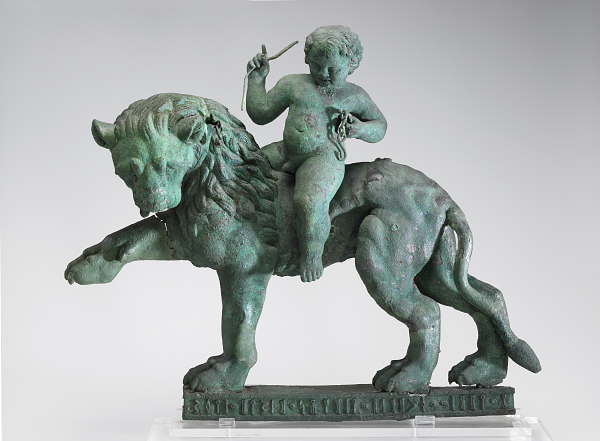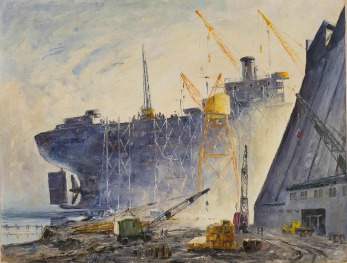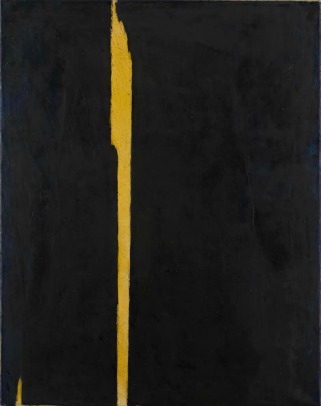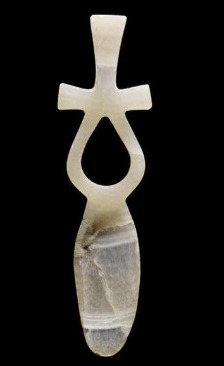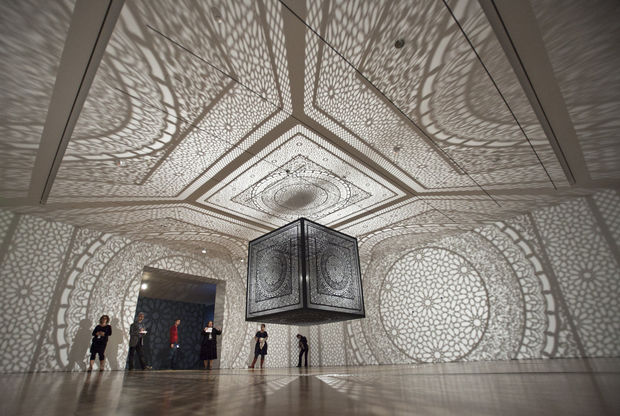 In a remarkable development, the Grand, No. 1 ArtPrize–the open, two-track competition in Grand Rapids–went to the same artist: Anila Quayyum Agha’s entry was chosen by both the public and a jury of art experts. Her piece, called Intersections, uses light to project Islamic imagery in shadows. Â Or as she wrote:
In a remarkable development, the Grand, No. 1 ArtPrize–the open, two-track competition in Grand Rapids–went to the same artist: Anila Quayyum Agha’s entry was chosen by both the public and a jury of art experts. Her piece, called Intersections, uses light to project Islamic imagery in shadows. Â Or as she wrote:
…the geometrical patterning in Islamic sacred spaces, associated with certitude is explored in a way that reveals it fluidity. The viewer is invited to confront the contradictory nature of all intersections, while simultaneously exploring boundaries. My goal is to explore the binaries of public and private, light and shadow, and static and dynamic by relying on the purity and inner symmetry of geometric design, and the interpretation of the cast shadows. The form of the design and its layered, multidimensional variations will depend both on the space in which it is installed, the arrangement of the installation, and the various paths that individuals take while experiencing the space. The Intersections project takes the seminal experience of exclusion as a woman from a space of community and creativity such as a Mosque and translates the complex expressions of both wonder and exclusion that have been my experience while growing up in Pakistan. The wooden frieze emulates a pattern from the Alhambra, which was poised at the intersection of history, culture and art and was a place where Islamic and Western discourses, met and co-existed in harmony and served as a testament to the symbiosis of difference….
Alltold, ArtPrize winner this year were awarded $540,000. and Agha, who teaches drawing in Indianapolis, took home $300,000 of that. There’s asterisk, however, because the experts–Susan Sollins, Leonardo Drew, and Katharina Grosse–split their Juried Grand Prizem and gave half the $200,000 prize money to a piece called The Haircraft Project by Sonya Clark.
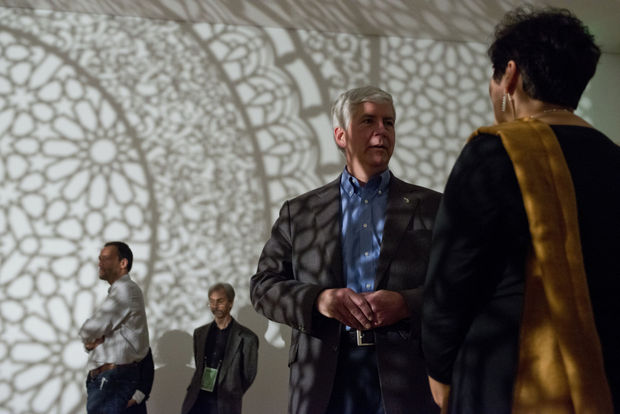 When ArtPrize announced a change in this year’s contest, namely that the public prize and the expert prize would be equal in size, it also said “ArtPrize hopes to amplify and expand the conversation about the differences and similarities in the public’s and experts’ opinions.” I thought that was a good thing. I did not anticipate that the two would be decide the same, but that is far from a bad thing.
When ArtPrize announced a change in this year’s contest, namely that the public prize and the expert prize would be equal in size, it also said “ArtPrize hopes to amplify and expand the conversation about the differences and similarities in the public’s and experts’ opinions.” I thought that was a good thing. I did not anticipate that the two would be decide the same, but that is far from a bad thing.
More than 41,000 individuals cast votes in this year’s contest.
The Grand Rapids Press has the story, with slides, and also a series of about 30 photos of Intersections, and it’s well worth a look. Interstingly, Michigan Gov., Republican Rick Snyder, who after months of suspense thankfully helped save the Detroit Institute of Arts during the ongoing Detroit bankruptcy case, showed up at the ArtPrize awards in Grand Rapids. Of course, he is in a race to continue as governor, and it was a good place to campaign. Still, there were probably other good places to campaign last week, when the prize was announced.
Photo Credits: Courtesy of the Grand Rapids Press


